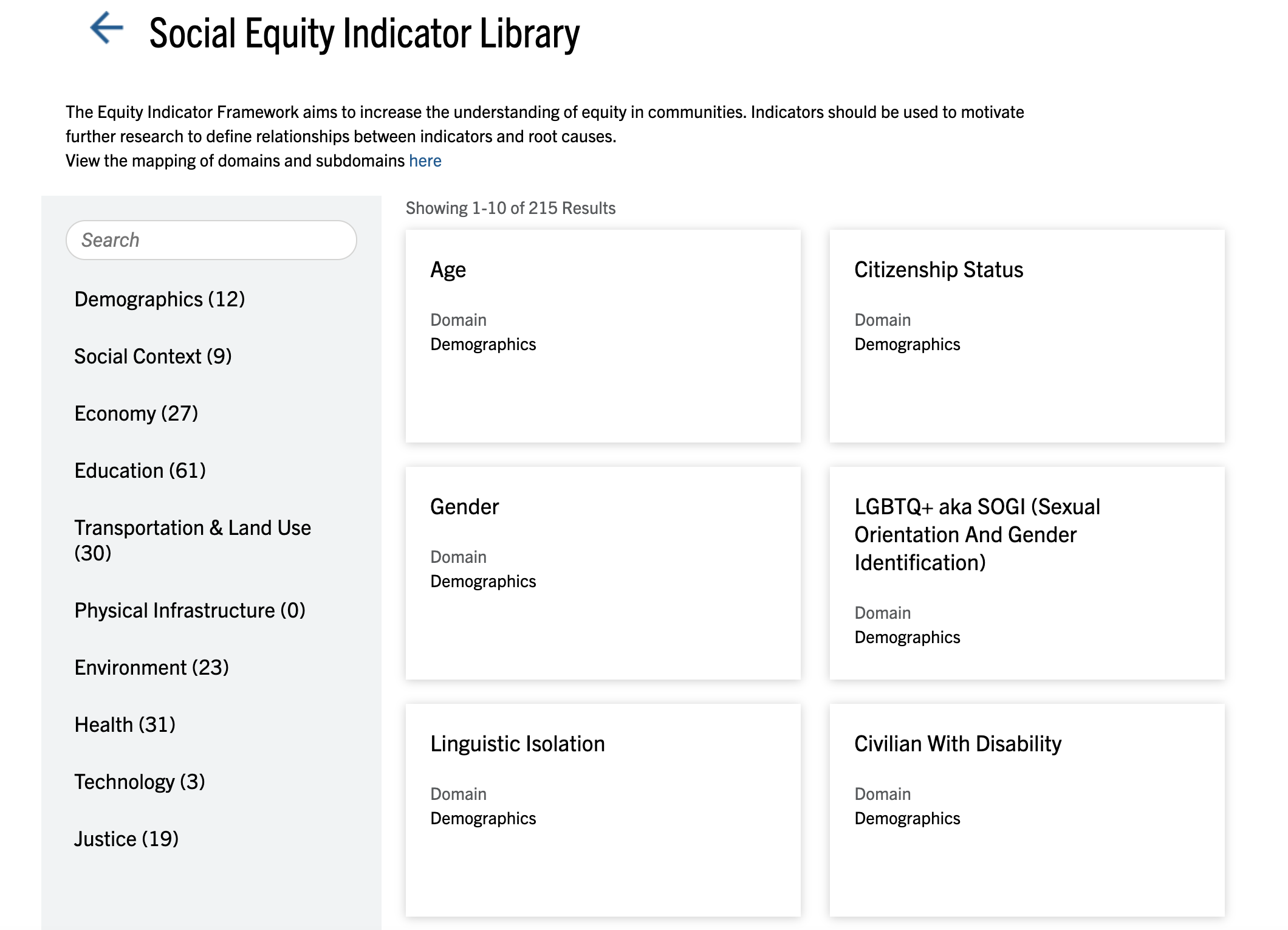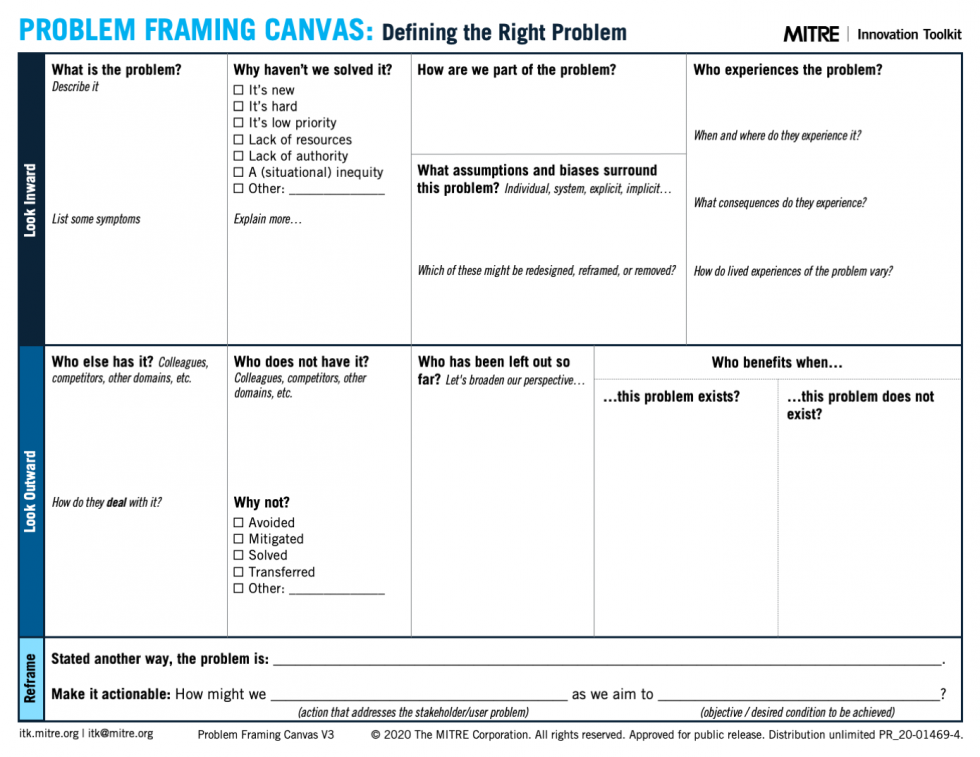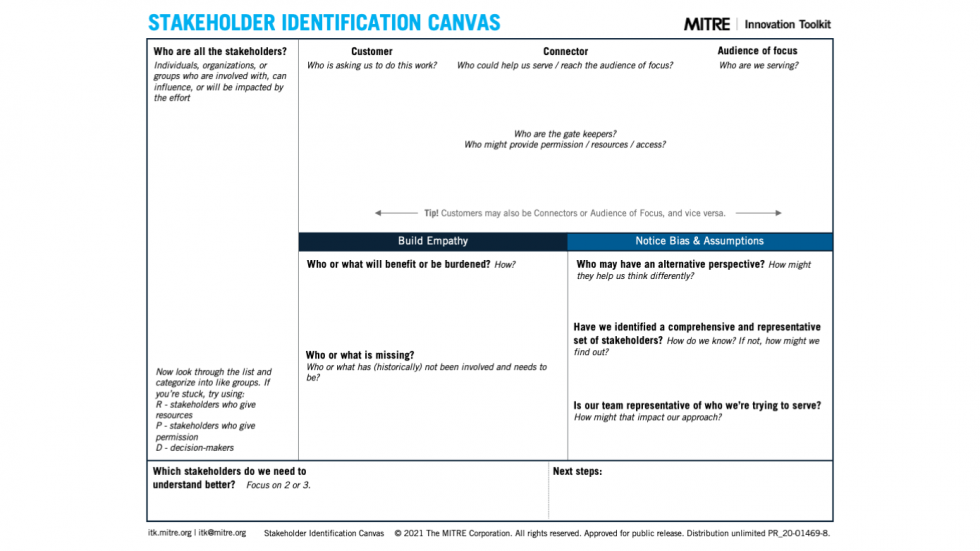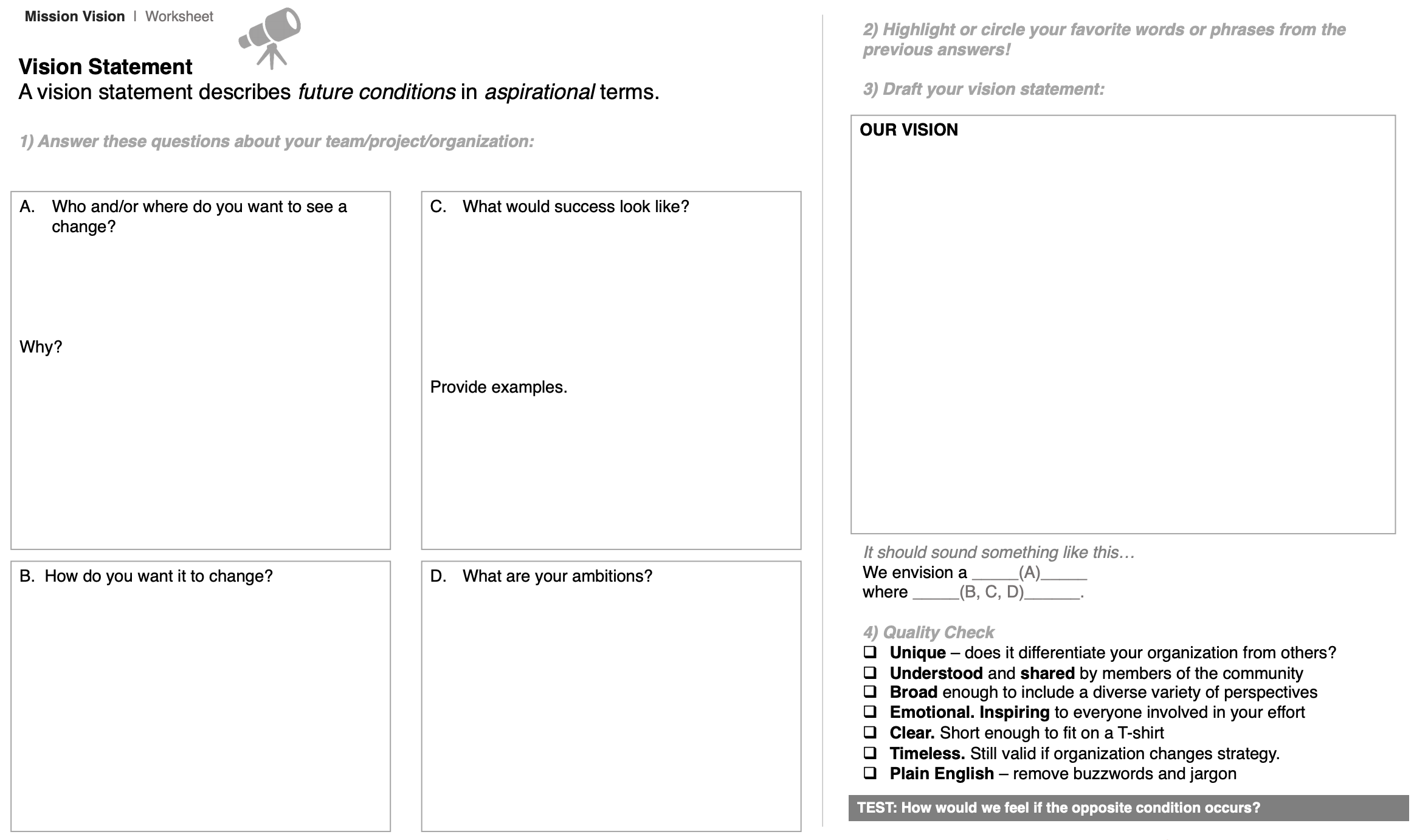Define objectives to clearly identify what problems or outcomes the indicators are going to inform
Define clear objectives to describe what the organization is seeking to learn about equity. Objectives should cover the project scope, such as areas, problems, communities, or policies that are being targeted for further research. Objectives should also identify the underserved or target populations the research seeks to learn more about. Multiple communities may be identified, and the term “underserved” may apply based on race, ethnicity, language, income, gender identity, religion, immigration status, or other factors.










